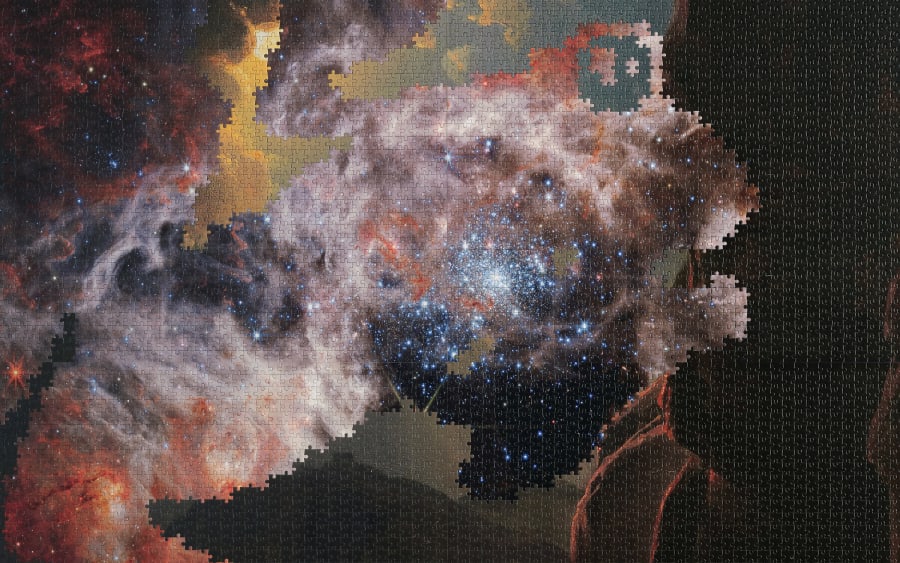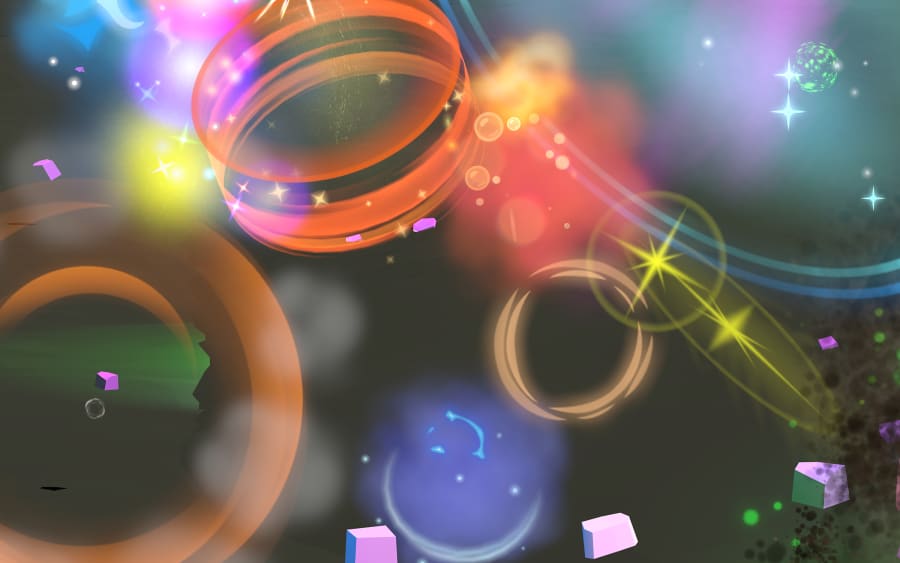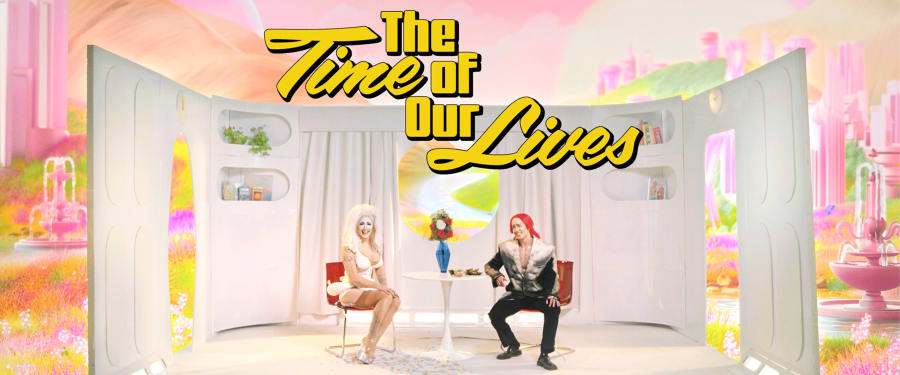As wealth shifts between generations, and art mediums continue to straddle the analog and digital, a brand-new generation of art collectors is fast emerging around the world. But it has questions. Here, Art Basel Stories reveals everything you need to know about a first art purchase, including insider advice from Wei Rongda of Asia Art Center, one of the galleries participating in Art Basel Hong Kong; collector Ellie Huang, whose first purchase was at the fair in 2024; and the show’s director Angelle Siyang-Le.
It’s my first time at Art Basel Hong Kong. There’s so much art on view. Where do I start?
It is best to have a plan and do your homework – which is usually quite the stimulating exercise. ‘Large fairs like Art Basel Hong Kong can be overwhelming, so preparation is key. Researching the fair in advance is essential – review the list of participating galleries and artists, note any special programs or featured works, and plan a route that covers must-see booths and leaves room for unexpected discoveries,’ explains Wei Rongda. First-time visitors might want to block out two, three, or even more days to truly take their time and train their eye, take in the atmosphere, and fully view the range of works on offer.
It may also be helpful to realize that in the throes of visual overload (so much great art, so many people, and so much directional signage!), you are far from alone: ‘Even professionals can get lost on the fair floor, despite the top-notch signage we have in place,’ says Art Basel Hong Kong director Angelle Siyang-Le, with a laugh. She recommends that new collectors pinpoint the sectors that might interest them: ‘The sectors help you to focus on what you’d like to see. We have the Insights sector for artists from the Asia-Pacific region, which provides historical context for our side of the world. And if your focus is supporting emerging talents, Discoveries is the best.’
Ellie Huang, who bought her first piece at Art Basel Hong Kong in 2024, used to focus on the presentation of large galleries like Pace and David Zwirner, but lately has trained her eye on smaller galleries, researching their origins and regional histories. She still spends many days perusing art at Art Basel Hong Kong, and last year bought a piece – spotted in the booth’s back room – on the fair’s closing weekend.
I’ve never purchased an artwork, but I’d like to develop my taste and learn as much as I can as I build a collection. How do I start?
The old adage that knowledge is power applies to the art world and market as well. Therefore, aim to see lots of art in galleries and museums; read exhibition catalogues and art magazines; and of course, visit art fairs.
The first artwork purchase can be nerve-racking, but developing your eye and seeing your new collection evolve is incredibly satisfying. First, though, assess your reasoning and motivations. ‘We encourage those who already have some understanding of art to trust their aesthetic experience and instincts. They can start by collecting works that they genuinely appreciate and that are within their financial comfort zone,’ says Wei.
Huang did just this – the 27-year-old grew up with her mother’s art collection but also spent several years in New York frequenting the city’s art fairs and gallery scene and developing an eye. ‘For those who are still building their understanding of art, we recommend seeking advice from experienced collectors or art advisors,’ says Wei.
Siyang-Le’s advice is even more pointed: ‘Buy with your eyes and not with your ears! Especially for younger buyers: Buy what resonates with you, and not what you hear is good.’
What shouldn’t I do?
It is better to not be too impulsive. Don’t follow the crowds. And don’t think too much about the future. ‘Don’t rush into a purchase based solely on market trends or perceived investment potential. Collecting should be primarily about passion and connection, not just financial speculation,’ says Wei.
I’ve fallen in love with a work, but it’s outside my price range. Can I pay for it in installments?
Don’t be afraid to aim for what you love: Buying a perfect, but expensive, piece is often doable. ‘Not everyone is aware that galleries offer various payment options,’ says Wei. This can include payment over time, or even discounts. ‘In certain cases, small discounts may be offered to encourage a collector’s first acquisition, though this depends entirely on the specifics of each transaction. The most important aspect is building trust and ensuring that the collector feels confident in their decision.’
Is it a good idea to buy multiple works from one gallery or by one artist?
It can be deeply rewarding to follow and support an artist’s career over time, and just as nice to cultivate longstanding relationships with gallerists. But collecting many works by one artist ‘depends on the collector’s long-term vision,’ says Wei. ‘If they deeply connect with an artist’s work and wish to follow their evolution, acquiring multiple pieces can be meaningful. However, new collectors should also diversify their collection to develop a broader understanding of different styles and narratives in contemporary art.’ Early on, keep an eye open to new discoveries, but keep your first loves in sight. Huang always checks in with living artists she is currently collecting to see what new works they have produced, for example.
I’ve purchased a work at Art Basel Hong Kong. How do I get it home?
There are so many ways. For the majority of works, shipping is usually discussed with the gallerist. Excellent shippers specialize in the intricacies of art transport, including climate control and insurance, in every region where art is sold. ‘If the purchase involves international shipping, we explain the differences in import tax regulations across various countries to ensure the collector is well-informed before proceeding,’ says Wei.
If the work is small and made in suitable, durable materials, it is possible to take it home in your luggage (with the correct customs paperwork, of course). In such a case, Wei says, most galleries, including Asia Art Center, will ensure it is properly packed and assessed for risks before allowing a collector to hand-carry.
Huang likes to purchase art at Art Basel Hong Kong because it is close to home (this also means that if she is interested in a piece, she must decide on it quickly as unsold works leave with their galleries at fair’s end). And transporting art sometimes involves creative solutions. It is not unheard of to remove a painting from its wooden frame, transport it rolled in a cylindrical container, and then have a professional art handler stretch it over a new custom frame at its destination. Most galleries will also provide temporary storage for works, if needed.
What if I can’t make up my mind about buying a work?
Indecision is natural and very common. ‘We often encourage new collectors to reflect on why a particular piece speaks to them,’ says Wei. ‘Does it evoke strong emotions or thoughts? Will they still appreciate it years from now? If they are still unsure, we suggest taking time to revisit the work and comparing it with other options. However, if a work resonates deeply, it’s often best to act fast before it’s acquired by someone else.’ Huang knew, with her very first purchase last year, that she had to have it: ‘It was something I really deeply connected to.’ It caught her eye on the second day of Art Basel Hong Kong 2024. After talking to the gallery, hearing the story behind the artwork and the artist, and learning the price, she struck. Sometimes you just know.
聲音也是你作品中的重要一環。你怎樣為一項在無聲屏幕播放的作品構想音樂感?
在創作初期,無聲的確是一大考驗,不過這亦令我對這個委約項目更感期待。在我之前眾多的錄像裝置作品中,聲音這個元素是很重要,幾乎與影像同等重要。影像如肉身,而聲音則像靈魂,肉身要靠靈魂才能活過來。然而,在構想和製作《戲夜尋謎》的過程中,我發現吸引我投入聲音世界的並非個別的聲音,而是一組聲音在畫面中所產生的形態。這些屬於時間或節奏上的形態,是不運用聲音本身也能產生的。靜默的音樂感,可體現於人工智能生成猜謎者慢下來的動作,以及——這是非常重要的——這種緩慢動態令人物身上如雕塑般、帶有重重皺褶的戲服能呈現怎樣的效果。在這方面,卡拉瓦喬、委羅內塞、塞尚等擅長繪畫垂墜褶皺的大師,給了我莫大靈感。
我知道你正在創作《戲夜尋謎》的展廳版本。在這個版本中,你打算加上怎樣的配樂?聲音會配合隨機剪接的影像嗎?
我打算為每個場景、每個手勢動作同時配上兩把聲音,一把來自過去,取自原片,而另一把則是現在創作的全新聲音,藉此表達過去仍未過去、現在正在存在,而未來堅持要來。
Art Basel Hong Kong takes place from March 28 to 30, 2025. Get your tickets here.
Tai Kwun’s ‘Artists’ Night’ takes place on March 28, 2025, featuring work by Lawrence Lek, performance artist 33EMYBW, and others.
Kimberly Bradley is a writer, editor, and educator based in Berlin. She is a commissioning editor at Art Basel Stories and the curator of Art Basel Conversations in Basel and Miami Beach.
Caption for header image: A visitor at Sylvia Kouvali's booth at Art Basel Hong Kong.
Published on March 20, 2025.


